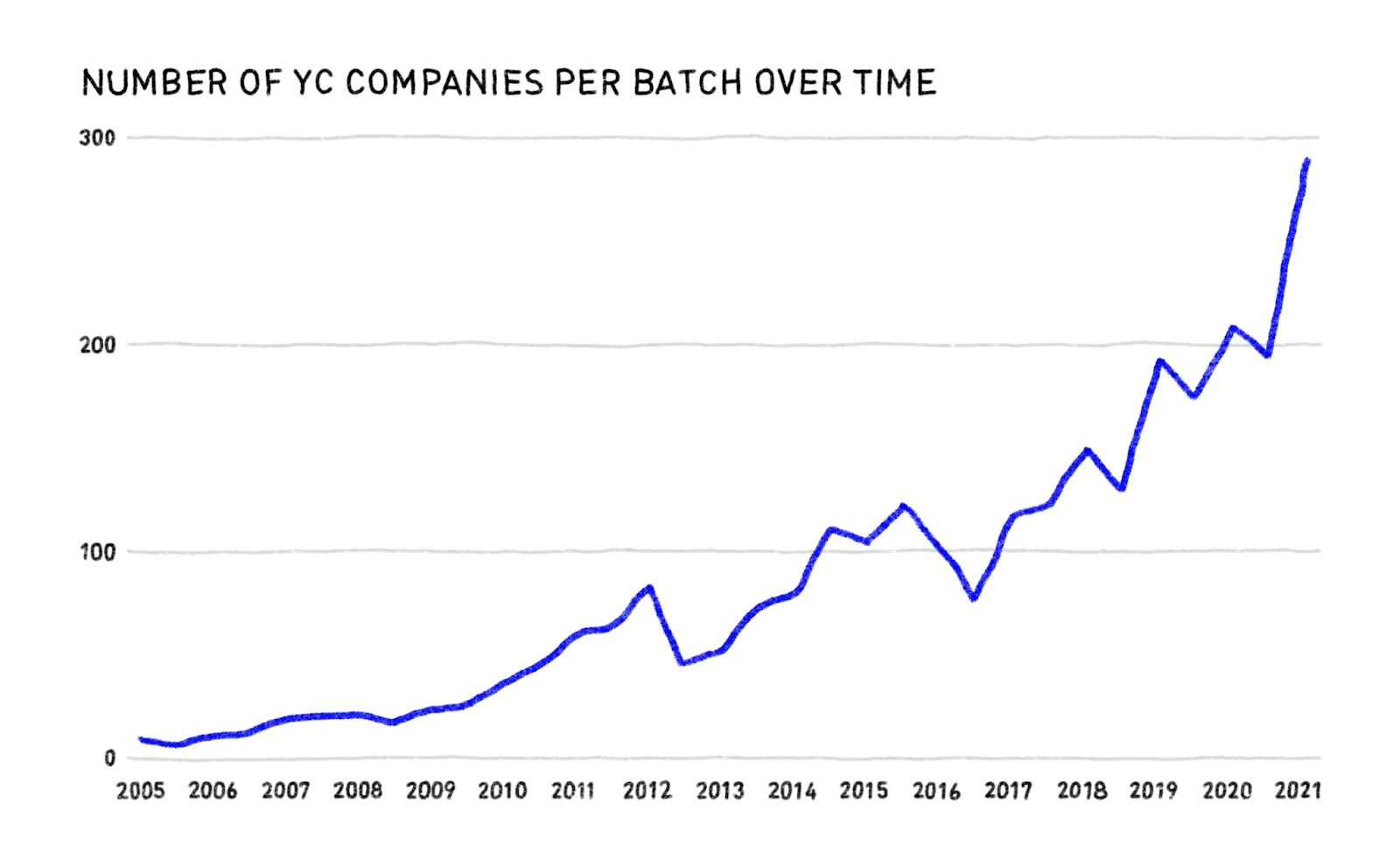News: FM Capital steps up automotive investments with new $150M fund
First Move Capital, the Boulder-based venture firm that has invested in used car marketplaces Frontier Auto Group and Vroom as well as mobility-as-a-service startup Via, has closed a new $150 million fund that will focus on the automotive and transportation sectors. Existing strategic investors such as OEMs, dealers, distributors, fleet management, remarketing, insurance and software
First Move Capital, the Boulder-based venture firm that has invested in used car marketplaces Frontier Auto Group and Vroom as well as mobility-as-a-service startup Via, has closed a new $150 million fund that will focus on the automotive and transportation sectors.
Existing strategic investors such as OEMs, dealers, distributors, fleet management, remarketing, insurance and software providers as well as family offices have backed the fund. Proceeds from the round will be exclusively allocated to new investments, the company said Thursday.
FM Capital has already made seven investments from the oversubscribed fund, including autonomous vehicle startup Gatik, cloud-based automotive retail platform Tekion and e-commerce startup Revolution Parts.
“We hit our hard cap in the max that we could raise, but have deployed a minority of that amount so we’re still very much, actively investing and will be for the next couple of years,” Managing Partner Mark Norman said in a recent interview.
FM Capital launched in 2012 with a $40 million fund that invested in auto commerce and dealership technologies as well as other broader retail and enterprise software startups. Its second fund, which more than doubled to $90 million, is when FM Capital became an automotive-focused VC interested in auto commerce, autonomy and sensors, connectivity, electrification and shared mobility. FM Capital typically invests between $5 million to $10 million in companies with what the partners view as “transformative solutions in transportation” typically at the Series A stage. FM Capital will sometimes do a later seed round where there’s commercial traction and revenue, said Norman, who noted that in this new fund the firm has already completed one seed deal out of the seven investments it has made so far.
FM Capital has backed a total of 40 companies based in North America, Europe and Tel Aviv.
Looking ahead, Norman sees opportunities stemming from the rising number of EVs and other forms of propulsion besides internal combustion engines.
“We see there’s just a huge transformation going on with propulsion, a lot driven, of course, by government mandates around the world,” Norman said. “Alternative fuels and distribution and related service infrastructure is going through a ton of flux right now. That’s everything from the technology going into propulsion in vehicles — that shift from internal combustion to in large part, EVs — and how that affects downstream service infrastructure, how it affects marketplaces like residual values, and how you estimate that and understand what a vehicle is worth over its lifecycle.”
For instance, Norman pointed to FM Capital’s latest investment into a startup called Indigo Technologies, which has developed a vehicle platform with an in-wheel motor and suspension that frees up space.
There also continues to be a lot of software opportunities, especially as more vehicles hit the marketplace with embedded connectivity, Norman said. He also noted additional opportunities in enterprise software.
“What had been a very fragmented retail environment continues to consolidate — whether we’re talking about car rentals, car dealers or fleet management — and their appetite for centrally driven tools and data is also much higher than that in the past. That’s real opportunity on the enterprise software side of things.”





